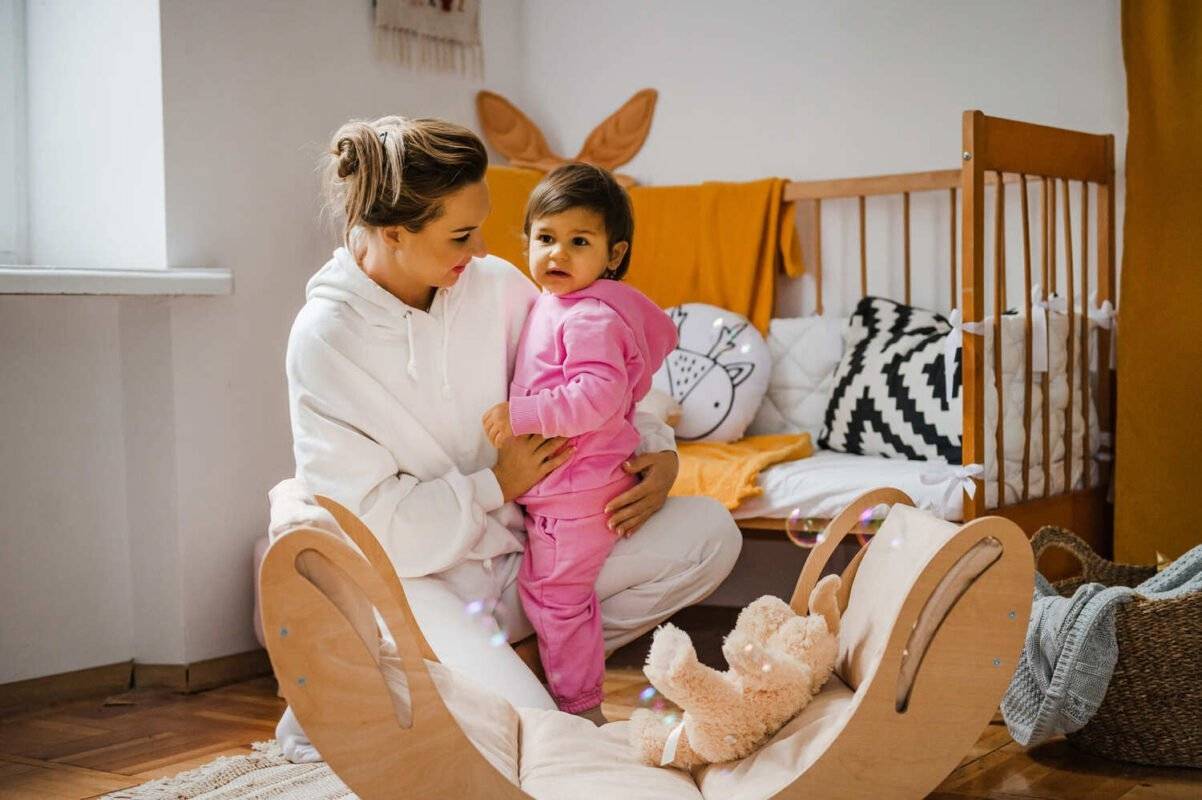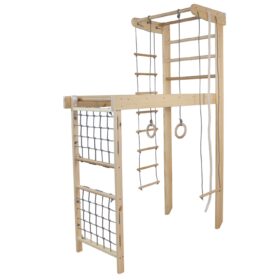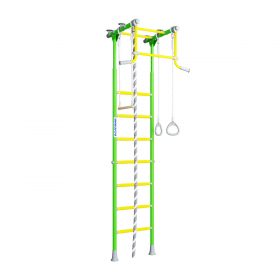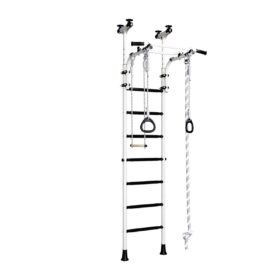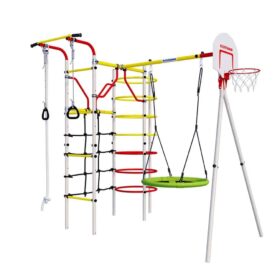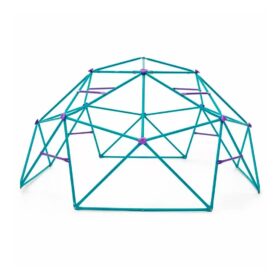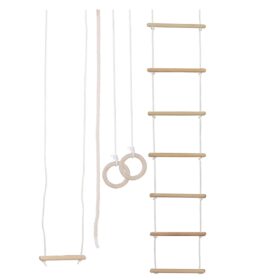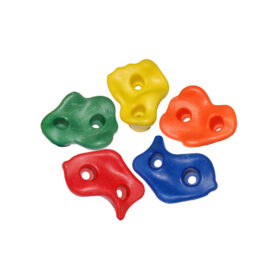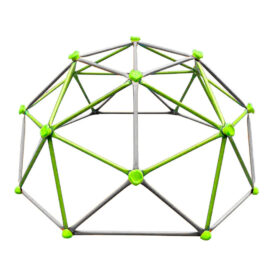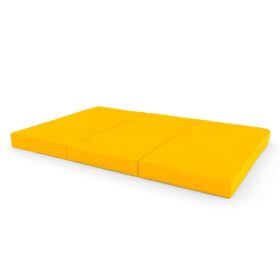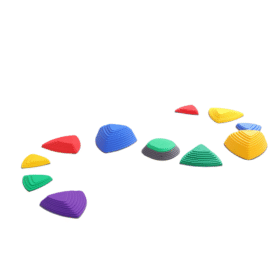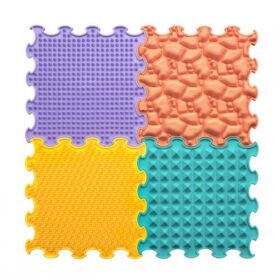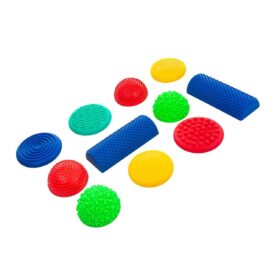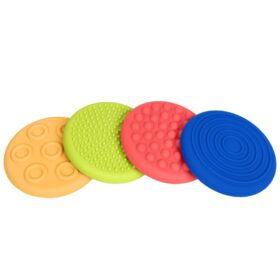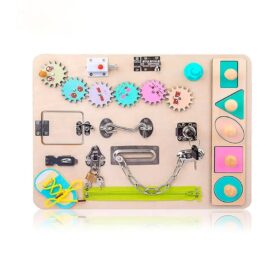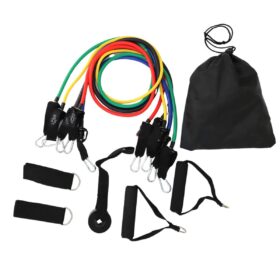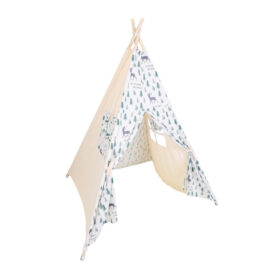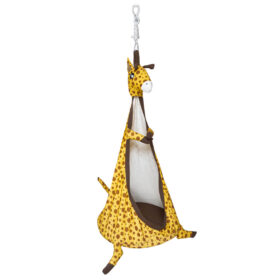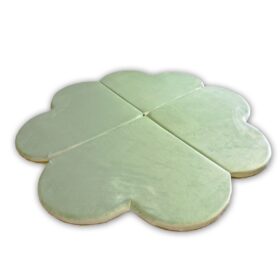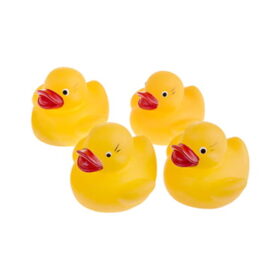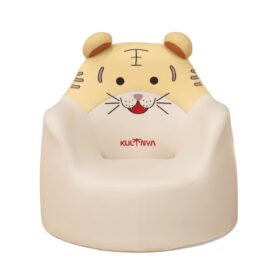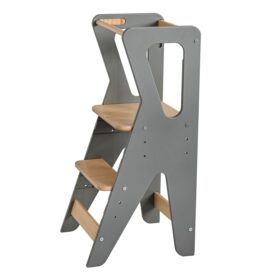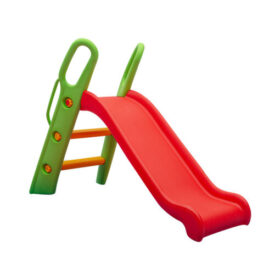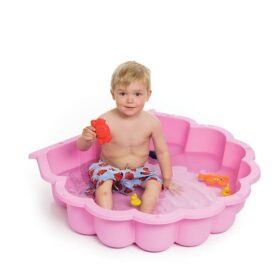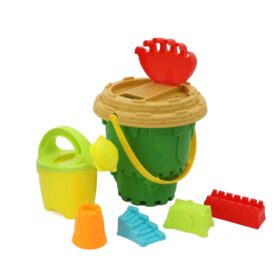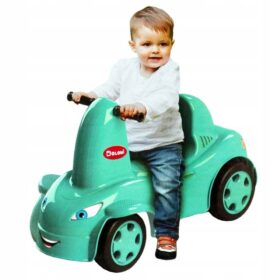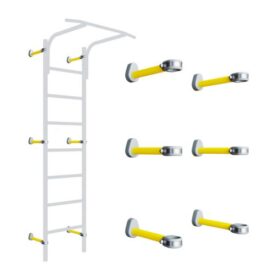Autism is a general developmental disorder of childhood. Its causes are neurobiological in nature. Within its spectrum, various irregularities may appear (e.g., difficulties with communication, deficits in social development, rigid patterns of interests and activities). In addition to professional therapy, close contact with the family is extremely important. Shared play and exercise are a wonderful way to deepen relationships and to help “open” the child to everything that exists outside their inner world.
Where should you start?
Time is crucial, because every month without exercises and therapy deepens the disorders and deficits the child and their family struggle with on a daily basis. In addition to therapy prescribed by a specialist, it is worth spending as much time as possible with the child. Play and physical activity are, in this case, the best things you can offer.
You should be guided by your own intuition, careful observation, and past experiences. A child should never be forced into anything. The types of shared activities should be based on the child’s existing preferences.
So, if the child enjoys playing outdoors, it’s important to create the best possible conditions for that. A garden playground will definitely come in handy. For the winter months, you can invest in indoor swings, wall bars, or even a home play area.
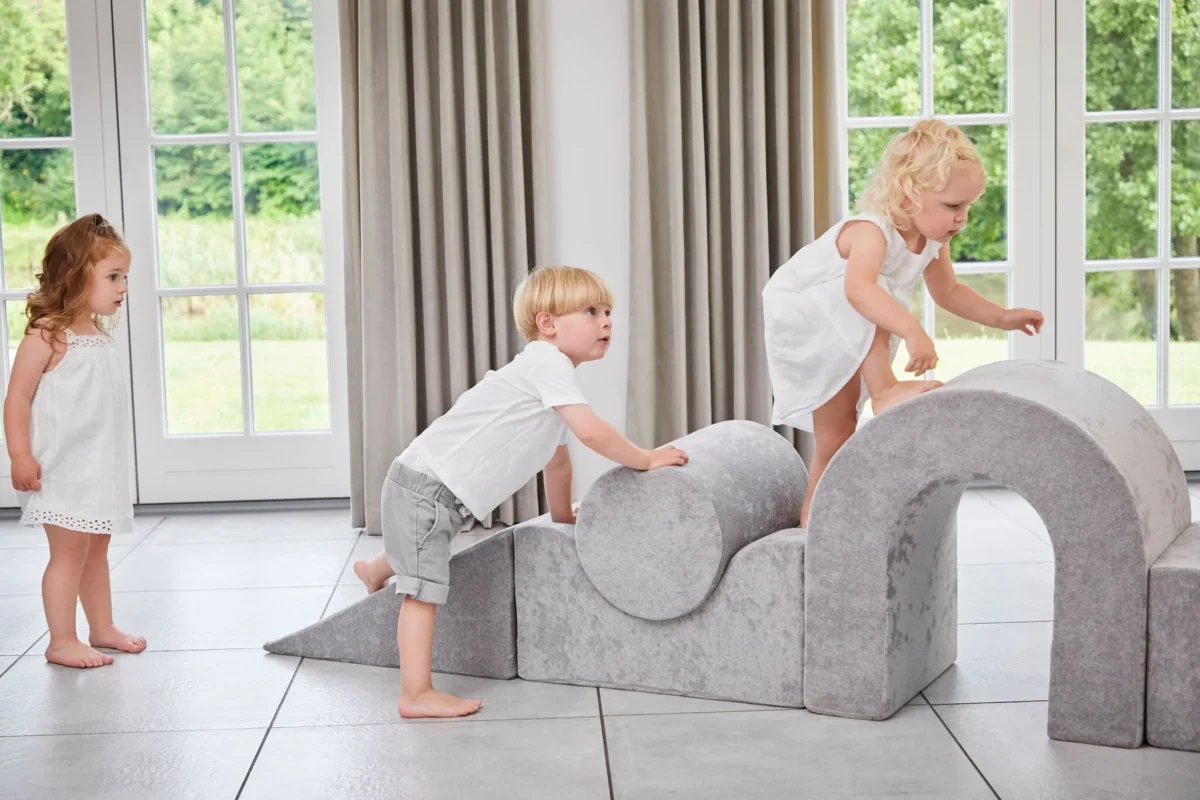
Relationships with siblings and peers are just as important. Therefore, the child should not be isolated or overprotected from the outside world. We must do everything possible to ensure they feel comfortable in it and are able to function freely according to their abilities. Developing social skills, forming a sense of identity, improving motor and psycho-social abilities — all of this can be achieved through play and exercise.
What kinds of play and exercises help a child with autism?
The choice of activities should always be discussed with the doctor treating the child. You can also consult a physiotherapist, educator, or psychologist who works with children on the autism spectrum. It’s also worth drawing inspiration from professional literature and the experiences of other parents.
Below are selected examples of play and exercises that may be helpful.
Exercises that build self-confidence and a sense of safety in contact with others
- “Tunnel” – a play activity where the child crawls through a tunnel prepared by others.
Exercises for developing body awareness
- Crawling, or performing various movements while lying on a gym mat.
Creative exercises
- Activities focused on developing movement aspects inspired by other members of the group (siblings, peers, etc.).
Exercises for building social contact and cooperation
- Playing together with a ball or a balloon.
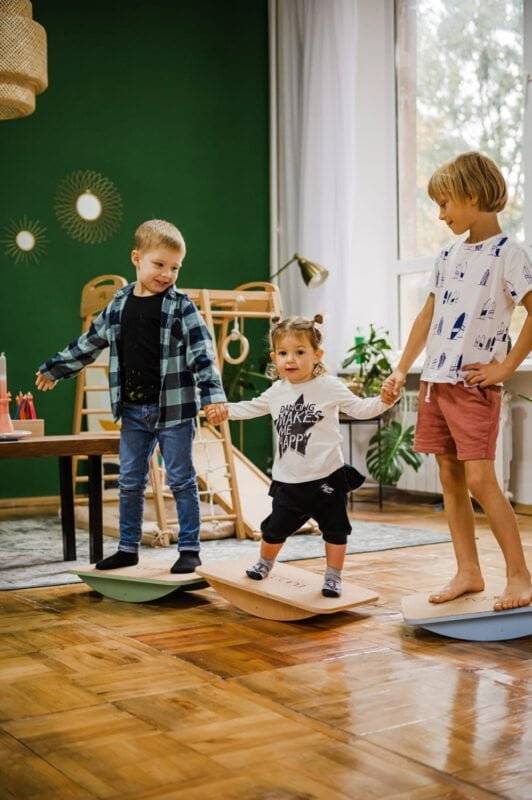
Movement-based play with parents
These combine everyday activities with fun. They require no special skills or equipment.
Examples include:
- Blanket play (rocking, pulling, rolling).
- Classic group games such as “The Big Bear Sleeps” or “Ring-a-Ring o’ Roses”.
- Games with bowling pins or sensory balls.
- Outdoor play, such as searching for hidden “treasures” in the forest.
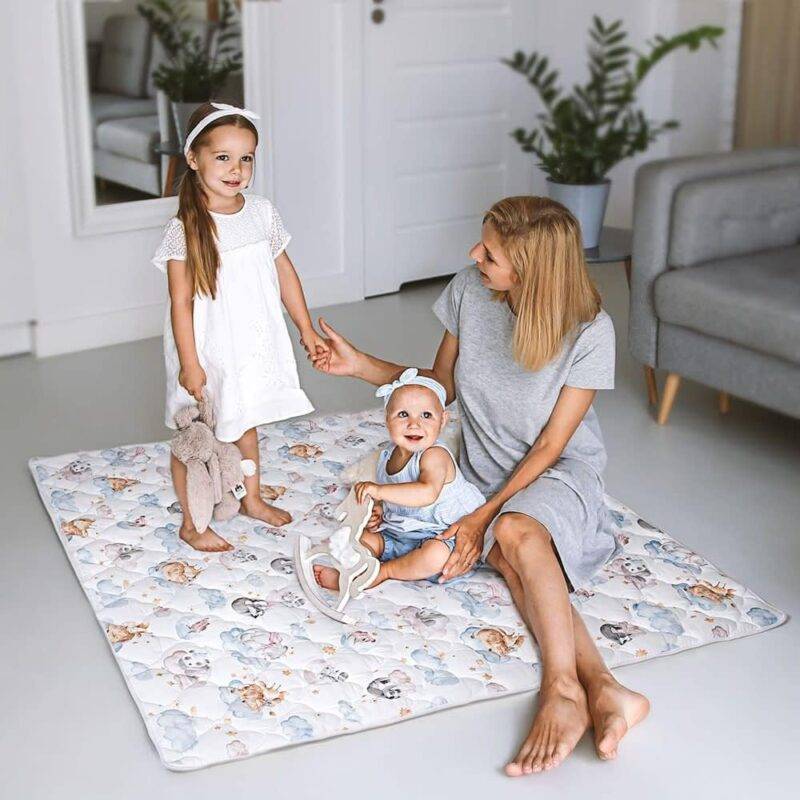
Manipulative play (selected examples)
“Load and unload” games – taking objects out and putting them back in.
Exploring different shapes and textures.
Stringing beads or buttons.
Tearing paper together.
Building with blocks.
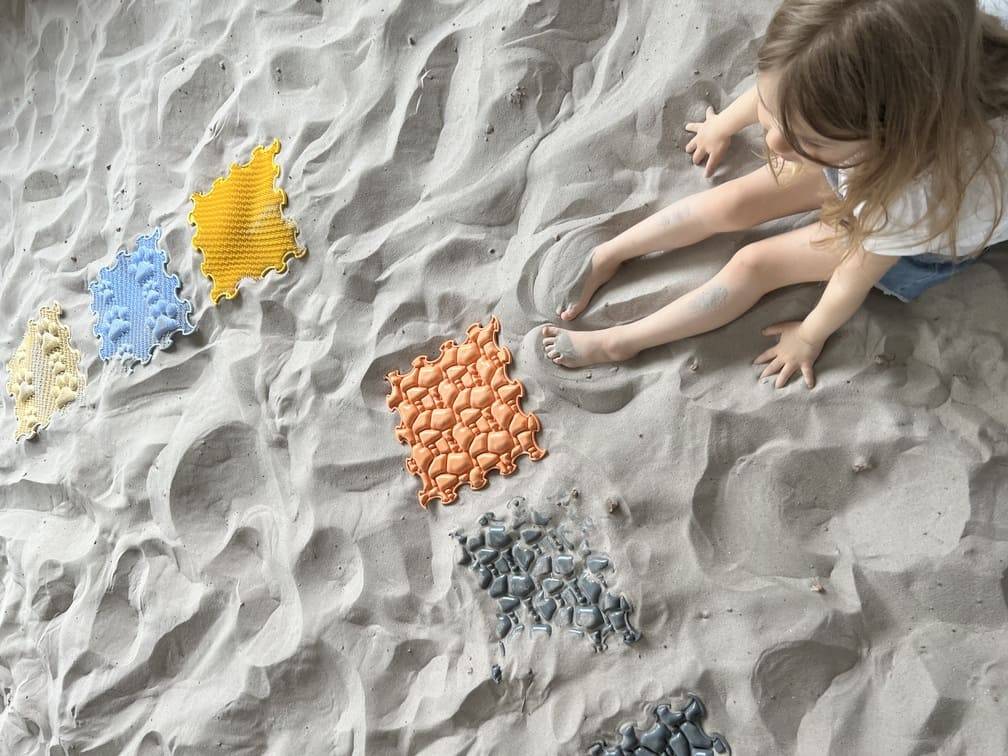
Thematic play – based on the child’s interests and preferences
- Pretend cooking: preparing favorite “dishes” using play utensils.
- Role play: playing house, school, shop, or hospital.
Constructive play
- Kneading dough, forming shapes from modeling clay or salt dough.
- Combining matching elements – building with blocks or assembling puzzles.
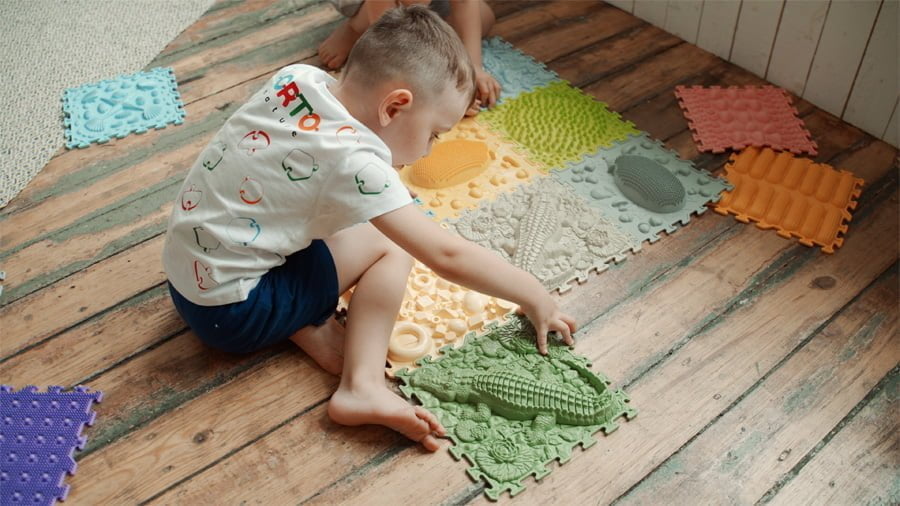
Every type of play and the exercises hidden within help develop the child’s psychomotor skills.
The key to effectiveness lies in how regularly and how engagingly these activities are performed — by both the child and the adults involved.

